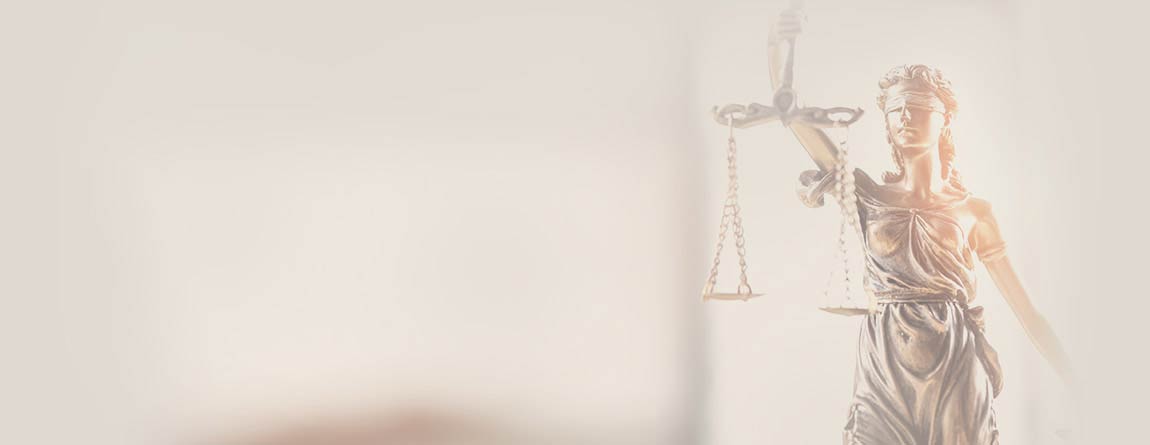Many consumer products are dangerous if their warnings are dismissed and the products are used incorrectly. Consider the cleaning products available at your grocery store, for example, or the power tools you use for lawn maintenance and other projects around the house.
When it comes to product liability lawsuits in which consumers seek compensation for harm caused by a particular product, one of the key factors is proving whether the product in question is unreasonably dangerous. So what’s the difference between a potentially dangerous product and one that’s unreasonably dangerous?
Consumer Products and Unreasonable Danger
Since there’s no way to anticipate every way in which a consumer might interact with a product, it’s impossible to design and manufacture a product that is entirely free from risk. However, consumers have a right to expect that a given product is safe when used as directed for its intended purpose.
An unreasonably dangerous product is one that poses greater risks than an ordinary user might reasonably expect when using the product as intended. This definition makes a distinction between products that are dangerous—such as drain cleaners or chainsaws—and those that pose threats beyond their intended purpose.
In general, drain cleaners and chainsaws are not unreasonably dangerous because most come with detailed instructions for proper use and warnings about their risks. Unreasonable danger in product liability cases is characterized by a flaw in the product’s design, manufacture or marketing.
Factors that Lead to Unreasonably Dangerous Products
There are three categories of defects that may be used to establish whether a product is unreasonably dangerous and who may be held liable for damages:
- Design defect: An inherent flaw in the product’s design that makes it unreasonably dangerous to use.
- Manufacturing defect: A defect that occurs during the manufacturing process that causes the product to become contaminated or otherwise unreasonably dangerous.
- Marketing defect: The product’s manufacturer or seller fails to provide proper instructions for the product’s use or fails to warn consumers about the product’s risks.
Depending on the defect and the circumstances of its origin, responsible parties in a product liability case may include the product’s designer, manufacturer, marketer, retailer or repairer.
Product Liability Cases: The Basics
In order to win a product liability case, the plaintiff must prove:
- Actual damage was suffered (e.g., a personal injury and/or property damage)
- The product was being used as directed for its intended purpose
- The product is defective based on at least one of the three categories noted above
- The defect was the cause of the resulting injury or other damages
Compensation in product liability cases may include money for:
- Medical costs
- Lost wages or loss of earning potential
- Pain and suffering
- Disability
If you or a loved one suffered injuries that you believe may have been caused by a defective product, it’s advisable to contact a knowledgeable personal injury lawyer as soon as possible. In Oklahoma, injury victims have two years from the date of their injury—or the date they should have known about their injury—to file a product liability lawsuit.
To learn if you may have a viable product liability case, please call Carr & Carr Attorneys at Law today at 866-510-0580 or contact us online to arrange your free consultation. Our law firm has offices in Tulsa and Oklahoma City, but we work with defective product injury victims nationwide.
To stay informed about defective products and other personal injury issues, “like” Carr & Carr on Facebook.





